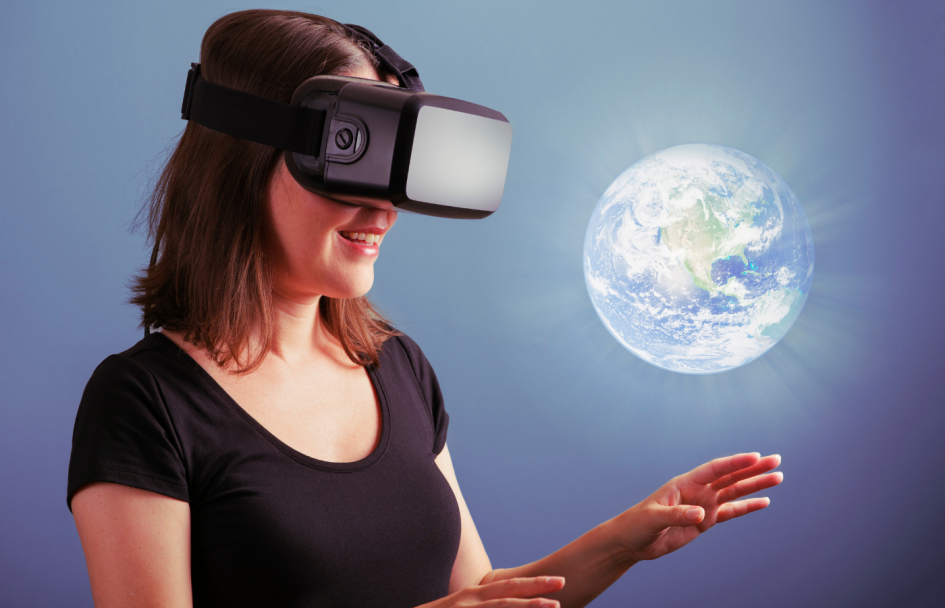The rise of virtual reality (VR) and augmented reality (AR) has seen massive growth in the entertainment sector. You can now go on safari through your smartphone or watch TV shows come to life with incredible detail on some of the largest IMAX screens around. AR and VR has recently begun to enter education, presenting new opportunities and ways to engage and teach students.
AR and VR in Education
Most educators’ initial thoughts turn to how teachers can use VR and AR for training students in an engaging, memorable way. In particular, surgical procedures can now be taught with incredible detail using a combination of VR equipment and photography. Students can fully immerse themselves into the scenario they’re learning about, making abstract concepts easier to understand through the use of sight, sound and touch.
Another area where VR has had huge success is with autistic children. Individuals on the spectrum often struggle to understand certain concepts due to their sensory overload; for them, this technology which relies more heavily on visual stimulus, can be hugely beneficial. Autistic children can learn at their own pace without feeling like they’re being left behind. Combined with voice overs or visuals, VR can allow children who have trouble learning in traditional school environments to engage and succeed.
In this sense, it is clear that virtual reality has a very real place in education, but what about augmented reality?
AR takes the concept of virtual reality one step further by layering virtual content on top of the real world. You’ve probably seen this in action with Pokemon Go, where it’s possible to catch Pokemon that are projected into the natural environment through the use of a smartphone camera.
While there isn’t yet any dedicated AR software for education, recent advancements mean that most smartphones already have all the hardware required to implement AR into lessons. By holding their phone in the air, students can see virtual objects appear in front of them, engaging them in ways that traditional teaching methods cannot.
Teachers can then control what the students are looking at through their own device; much like the VR example above, they’ll be able to control how challenging the task is and how it’s structured. If required, they can even filter out the real world so that students will only see the virtual objects in an AR lesson.
While there are still issues surrounding this technology, it is clear that augmented reality has a lot to offer when it comes to education. The opportunities are there, but what about the cost?
Cost of AR and VR
As the components required for AR are already in most smartphones, setup is often a lot cheaper than with VR. This may have to do with the fact that many students will already own a smartphone. Still, it’s difficult to imagine why you would choose one over the other without considering how each can be integrated into the lesson plan. These factors, therefore, need to be considered when planning a lesson.
In terms of cost, a VR smartphone headset will need an upfront investment in addition to the software license. While this might not be too much compared to the cost of a traditional desktop system that could be required for VR lessons, it is still going to add up. For example, the Oculus Rift costs between $690 and $830, a considerable outlay for schools on tight budgets.
On the other hand, AR lessons require little more than a smartphone and an app; this can cost very little in some cases, but it’s important to remember that there will still be recurring costs when using apps such as Google Cardboard.
Although there are still some issues surrounding the feasibility of VR and AR in schools, it’s clear that both have a lot to offer when it comes to education. It’s interesting to see how teachers can use each of these technologies for different scenarios so next time you’re looking at buying new technology for your school, try considering VR or AR as well as your regular options.
SchoolCues is an all-in-one school management system for small schools with limited budgets and resources. Our solutions include admissions and enrollment, online payments, student information system, gradebook, communications, parent engagement, donations and fundraising, alumni management and more. Schedule a demo with us today.
